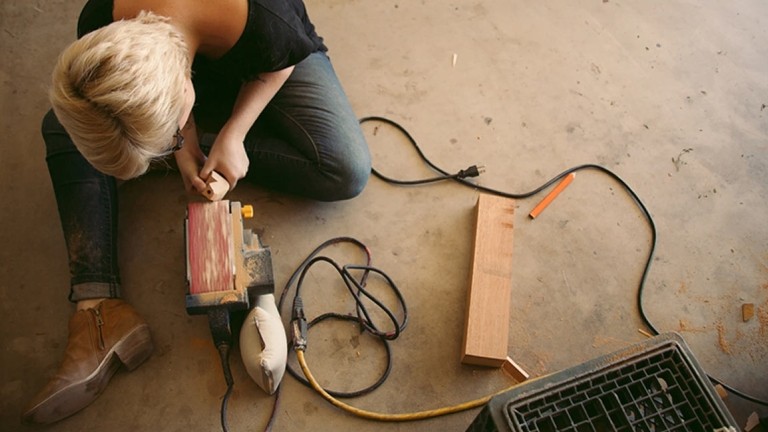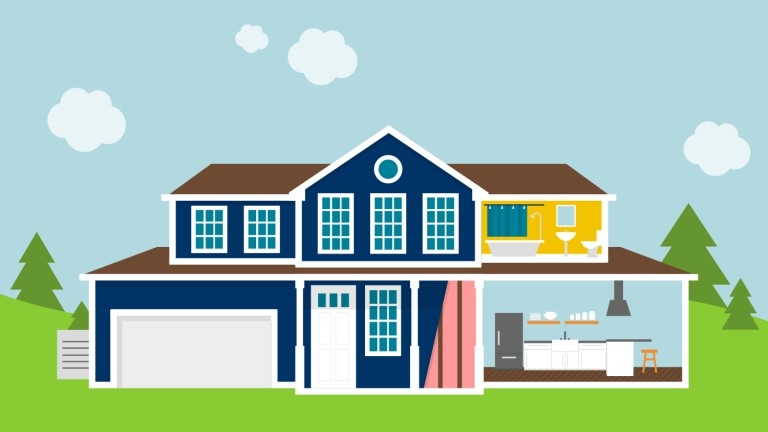Home equity line of credit or refinance?
While it’s fun to envision how your home will be transformed by a major remodeling project, your first key decision isn’t choosing the appliances for your dream kitchen. The big job is deciding how you’ll pay for the project. As a homeowner, you’ve got a couple of powerful financing tools at your disposal: a Home Equity Line of Credit (HELOC) or refinancing your mortgage and getting cash out.
Each of these financing options has certain advantages. A lending specialist can help you decide which one is best for you. You’ll want to consider three important elements as you weigh your decision: equity in your home, interest rates, and repayment terms.
Equity in your home
A mortgage refinance with cash out is worth considering if you can maintain at least 20 percent equity in your home. For that, you’ll need to have an idea of how much your home is worth and know how much you have remaining to pay on your mortgage. While there are programs that will allow you to borrow more than 80 percent, maintaining some equity in your home creates a safety net. If you need to sell your home unexpectedly because you need emergency cash or home values fall, you’ll be in better shape financially.
Interest rates
If you cannot get a lower interest rate than you currently have when refinancing, you should probably consider a HELOC. Refinancing is a good choice if you can lower your interest rate. If your current rate is above about 4.50 percent, you may want to consider refinancing.
Repayment terms
Another factor is the life of your current mortgage. For instance, if you originally had a 30-year mortgage and you have 15 years left on your mortgage, is it worth refinancing to another 30-year mortgage? Sometimes it is if the goal is to save as much money as possible. Compare a 30-year refinance to a new 15-year mortgage at today's rates. If you can keep your payoff timeline about the same, but save money monthly, that’s a win-win. However, a HELOC may be a better choice if you envision needing financing in the future. If you already have ideas for the next round of home improvement projects after this one is finished, the line of credit may be the way to go.
Use of funds
Of course, refinances or HELOCs can be used for financial needs other than home improvement projects. While we do caution people in amortizing short-term debt over the longer payoff period of a HELOC, there are times it may make sense. For instance, if members have several loans or credit card balances with high-interest rates and they choose to open a HELOC in order to consolidate those, OCCU encourages them to pay that HELOC off ahead of schedule.
Here’s an example: If you have several high-interest loans that total $1,500 in monthly payments and you consolidate those into a HELOC with a minimum monthly payment of $500, you could make monthly payments of $1,000 to get rid of that debt all together. Another time where it would make sense to borrow against the value of your home is if you have experienced significant life events and need to consolidate those debts in order to recover financially.
With so many variables to consider, OCCU encourages you to talk with a Mortgage Loan Officer and let them know what you are hoping to do. OCCU will do its best to find the solution that meets your needs.


